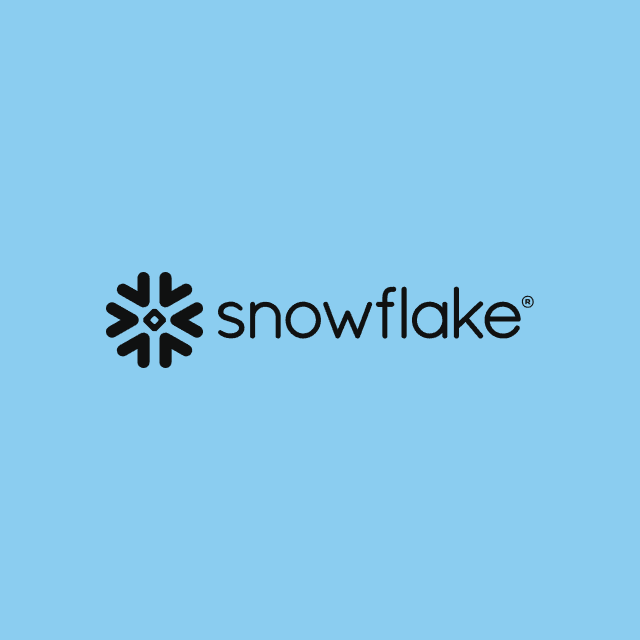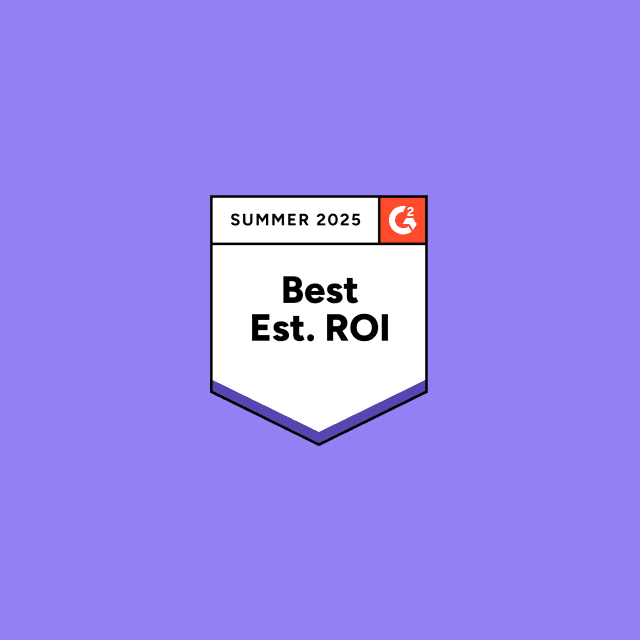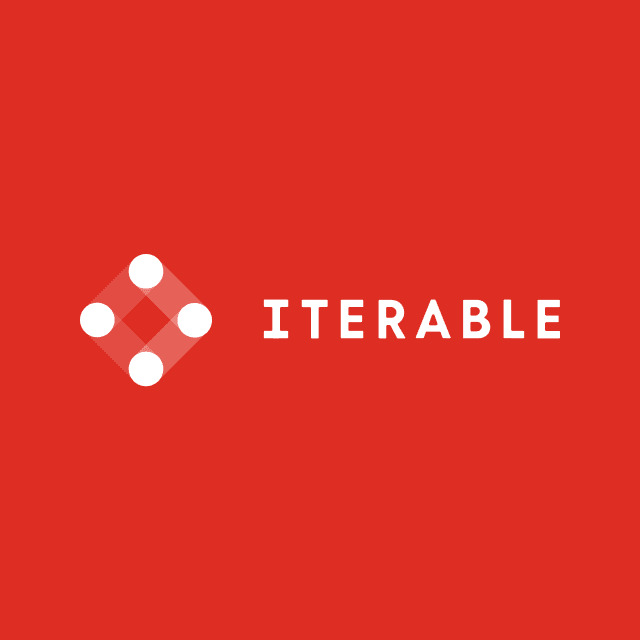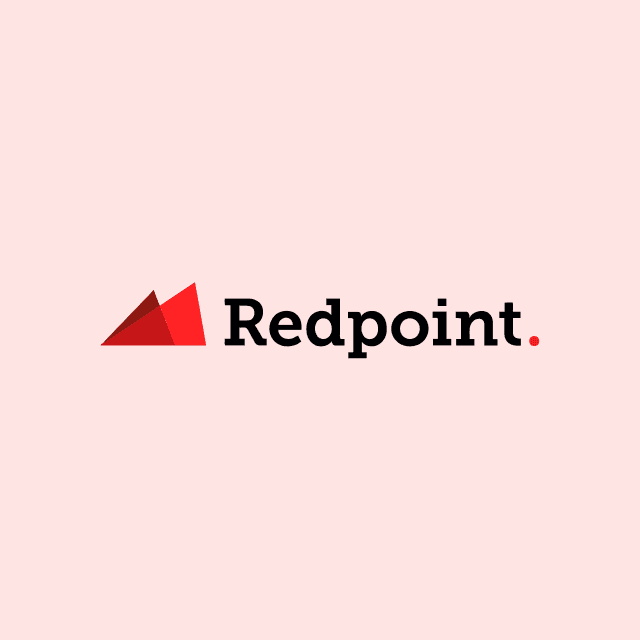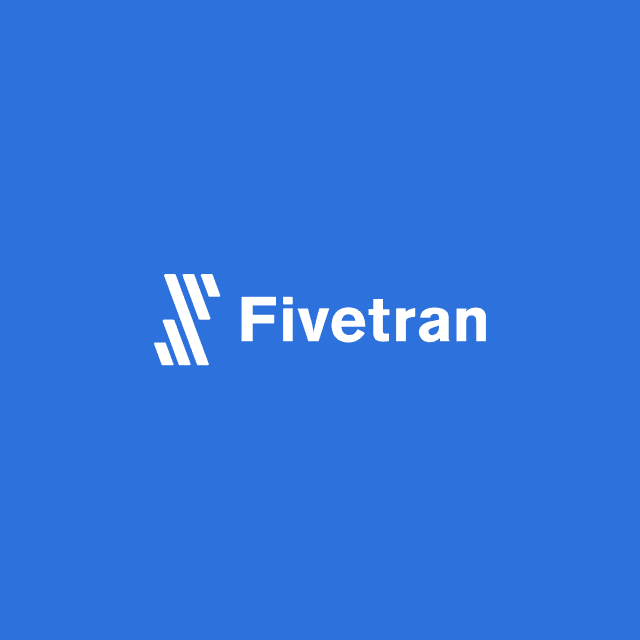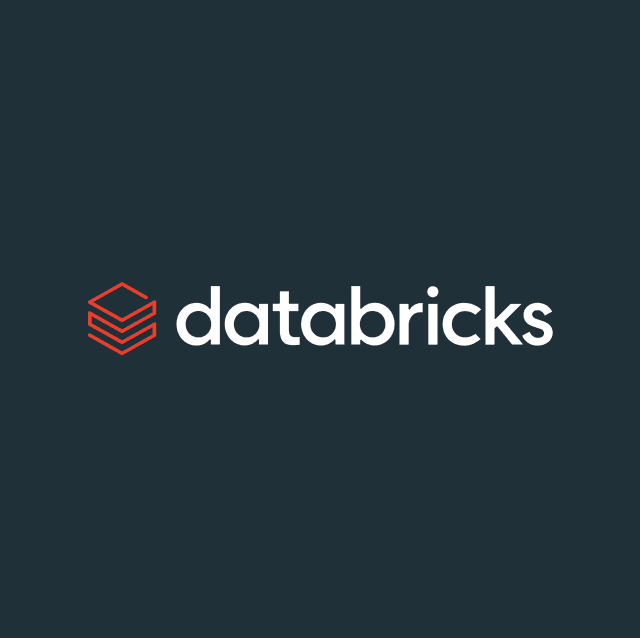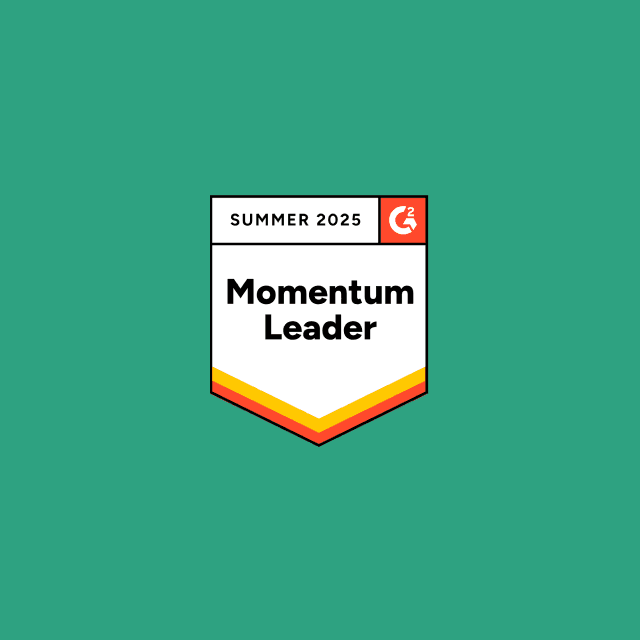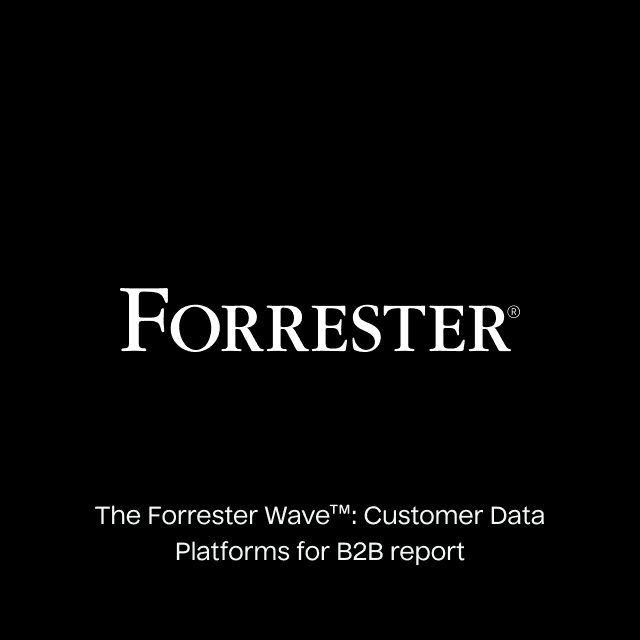Gone are the days when ads used to be relegated to the "walled gardens" and major publishers. Every company already has or is in the process of launching its own ad network. DoorDash is now letting you buy ad space, and even PlanetFitness is launching a media network.
With so much ad inventory now available, it's never been more difficult to know where to spend your precious ad budget, which is exactly why demand-side platforms (DSPs) are so important.
In this article, we’ll learn:
- What is a demand-side platform?
- Why are demand-side platforms important?
- How does a demand-side platform work?
- Demand-side platform use cases
- Top demand-side platforms
What is a Demand-Side Platform?
A demand-side platform is software that allows you to automatically bid on digital ad inventory using real-time bidding (RTB) to optimize campaign performance across different advertising networks.
The software centralizes ad campaign management, eliminating the hassle of dealing with multiple ad networks. This streamlines your processes and allows for easy scalability. By leveraging data-driven decisions powered by the DSP, you can enhance audience targeting, leading to higher conversion rates and ultimately driving business growth.
Why Are Demand-Side Platforms Important?
A DSP acts like a middleman between your audience, campaigns, targeting, and distribution on the ad network. Here are four reasons to consider implementing a DSP in your AdTech stack.
- Centralized Campaign Management: A DSP provides a single location to manage multiple ad campaigns across different networks rather than having a different platform for each ad network. This consolidation streamlines creating and managing ad campaigns and lets you easily track and see the budget allocated for each campaign, the Advertising Cost of Sale (ACoS), and CPM.
- Programmatic Bidding: To help secure ad inventory at scale, programmatic bidding streamlines this process by automatically bidding on ad impressions in real-time rather than requiring manual work. This results in you delivering your ads to the most relevant audience almost instantaneously, helping to improve your ROAS. And it allows you to scale up your campaigns without increasing manual work.
- Campaign Improvement: Through advanced algorithms and ML, DSPs can optimize your campaigns based on previous performance data to improve your ongoing campaigns. They can change bidding strategies, targeting parameters, and budget allocation to maximize the effectiveness of your ad spend.
- Advanced Targeting: DSP offers extensive targeting options so you can personalize your ad creative as much as possible. You can laser-focus on who you want to show your ads to and create a unique message that will resonate with them. They provide data to target by behavior, demographics, contextual, cross-device, and AI-driven targeting.
How Does a Demand-Side Platform Work?
Each DSP integrates with various partners, offering diverse advertising locations. For instance, Amazon DSP provides access to Amazon-owned sites such as Amazon.com and IMDb, which can be a compelling factor in your choice of DSP. Most DSPs feature a partner directory, allowing you to determine if the DSP can place your ads to the right audiences.
Once you’ve chosen your DSP, you create your campaigns, upload your ad creatives, and define parameters like your budget, who you’re targeting, and bidding strategies. The DSP then uses its advanced algorithms to identify which ad impression from its partners comes available that fits the targeting criteria you specified. This is where the DSP enters a real-time auction and bids to win the impression.
If you win, your ad will automatically be served to the user in real-time. As the DSP processes more bids, it continuously tracks your ad campaign performance. Using this data, the DSP adjusts bids and targeting strategies in real-time to maximize the effectiveness of your campaigns. This dynamic optimization ensures your ads reach the right audience, improving conversion rates and driving greater business growth.
What Are the Main Components of a Demand-Side Platform?
A DSP has many components; understanding them can help you better understand how they work.
- Bidder: Automatically places bids on ad impressions in real-time auctions, executing within milliseconds. It's essential for scaling ad inventory purchases without manual bidding.
- Impression: A single ad instance displayed on a web page or app. Impressions are the basic unit of measure in digital advertising and are bought and sold in RTB auctions.
- Ad Server: Delivers ad creatives to websites and tracks impressions and conversions, providing crucial data for optimizing campaigns.
- Targeting Criteria: The specific attributes and characteristics used to define and segment audiences for ad targeting. Common criteria include age, gender, geographic location, interests, browsing behavior, and purchase history.
- Campaign Tracker and Reporting: Displays current campaign performance, allowing for the identification of successful campaigns and areas needing improvement.
- Budget Manager: Manages campaign budgets by setting ad spend thresholds, ensuring spending remains controlled.
- User profiling : Stores user data, such as viewed ads and user segments, enabling frequency capping and retargeting.
Demand-Side Platform Use Cases
The big selling point for DSPs is that they integrate with many ad networks/providers so that you can reach various audiences. Here are some examples:
- Connected TV (CTV) advertising is the placement of ads on Smart TVs. Unlike traditional TV, CTV can help deliver highly targeted ads because user behavior and preferences are collected for audience creation.
- Streaming TV advertising is ads shown on streaming services such as Netflix, Hulu, and Amazon Prime Video. You can use streaming TV to place ads in various forms, including pre-roll, mid-roll, post-roll, and banner ads. Like CTV, Streaming TV offers advanced targeting capabilities because of the customer data it collects, such as watch time or genre.
- Retail media advertising is where retailers provide ad space directly on their websites or apps. These ads can appear as sponsored products, display banners, or video ads. Retail media can be valuable as it lets you capture high-intent audiences already in the buyer's mindset. Examples of retail media companies are Amazon, Walmart, and eBay.
- Search advertising involves placing ads on search engine result pages (SERPs) based on specific keywords. The goal is to have your ad rank for these keywords, as they often indicate high intent from users actively searching for information. Examples of search advertising platforms include Google Ads and Bing Ads.
- Display advertising is banner ads, images, or videos on websites or apps. It typically helps reach a broad audience and is often used for retargeting campaigns. Examples of display advertising networks include Google Display Network, Facebook Audience Network, and AdRoll.
- Video advertising involves using video on various platforms, social media, websites, or streaming services. It’s great for demonstrating your brand message or value in a short amount of time. Examples of platforms for video advertising are YouTube Ads, Facebook Video Ads, and TikTok Ads.
- Out-of-home (OOH) advertising reaches customers outside their homes. It’s great if you want to reach a large audience with a regular frequency. Examples of OOH advertising include billboards, transit ads, posters, and screens.
How To Get Better Results From a Demand-Side Platform?
Getting the most out of a DSP can make your ads perform more efficiently, improving your ROAS. Here are three tips that can help you maximize your results.
- Leverage First-Party Data: Enhance your DSP targeting by leveraging first-party data instead of relying solely on the DSP's built-in targeting criteria. Uploading your first-party data gives the DSP more accurate signals about your desired customers, leading to improved targeting. The simplest way to integrate your first-party data into your DSP is through your data warehouse, which stores all your business’s customer data. Tools like Hightouch can facilitate this process by seamlessly transferring your first-party data from your warehouse to your DSP.
- Optimize Creative Assets: While targeting the right audience is crucial for driving conversions, the quality of your creative assets is equally important. Your ads should be attractive and attention-grabbing to maximize engagement. Conducting A/B tests allows you to experiment with different strategies and gather valuable data to determine what works best.
- Focus on High-Quality Ad Inventory: Each DSP offers various partner integrations, but indiscriminately using them can dilute your efforts and expose your ads to a low-quality audience. Additionally, partnering with low-quality sources can negatively affect your brand's perceived value. To ensure effectiveness without wasting ad spend, always begin with a trial campaign for any unfamiliar partners.
Top Demand-Side Platforms
Many DSPs are available, and it's hard to describe any as the "best." Each one differs in what it offers, and your needs will decide which is best for you. To help shorten your DSP options, here are some of the top DSPs.
- DV360: Display and Video 360 (DV360) is a Google-owned platform that provides exclusive access to Google properties like YouTube. Because of the extensive audience data Google has access to, DV360 also provides advanced targeting capabilities, allowing you to launch personalized marketing campaigns. The platform also integrates with other Google products, such as Google Analytics, Google Ads Data Hub, and Campaign Manager 360, so you can have a unified approach to managing your campaigns.
- The Trade Desk: If you're looking for a DSP specializing in CTV and Digital OOH advertising, then The Trade Desk is a great choice, as it has over 150 million CTVs. The platform also created an open-source framework called Unified ID 2.0, a privacy-conscious and scalable alternative to third-party cookies. Koa and Kokai systems provide AI and deep learning algorithms to help you refine your targeting and spend your ad budget effectively.
- Amazon DSP: This is an Amazon.com DSP offering that provides access to a wide range of Amazon-owned sites, such as Amazon.com, IMDb, and Twitch. You also get access to Amazon-rich consumer purchase data, which can let your target based on shopping behavior, search history, and purchase patterns. The platform also provides guaranteed deals with ads placed in premium inventory slots if you want high visibility without real-time bidding.
- Criteo: This DSP specializes in retargeting and performance advertising and is known for its strong presence in e-commerce and retail verticals, with over 150 retailer partnerships. Criteo provides a platform called Commerce Max that uses predictive AI to identify the best conversion paths, ensuring optimal ad spend. By using its closed-loop measurement system, you'll gain insights into product-level sales attribution and understand what works in near real-time.
Closing Thoughts
Managing multiple ad campaigns can seem like a nightmare, but DSPs automatically manage your bidding and assist with advanced targeting capabilities. To further enhance your targeting, you need to use your first-party data to run hyper-personalized campaigns.
Hightouch is your data onboarding solution. It allows you to build your first-party audiences in Hightouch via a no-code audience builder and then sync that data directly into your DSP to improve your ad targeting. If you want to know more about how Hightouch can help, book a demo with one of our solutions engineers.




